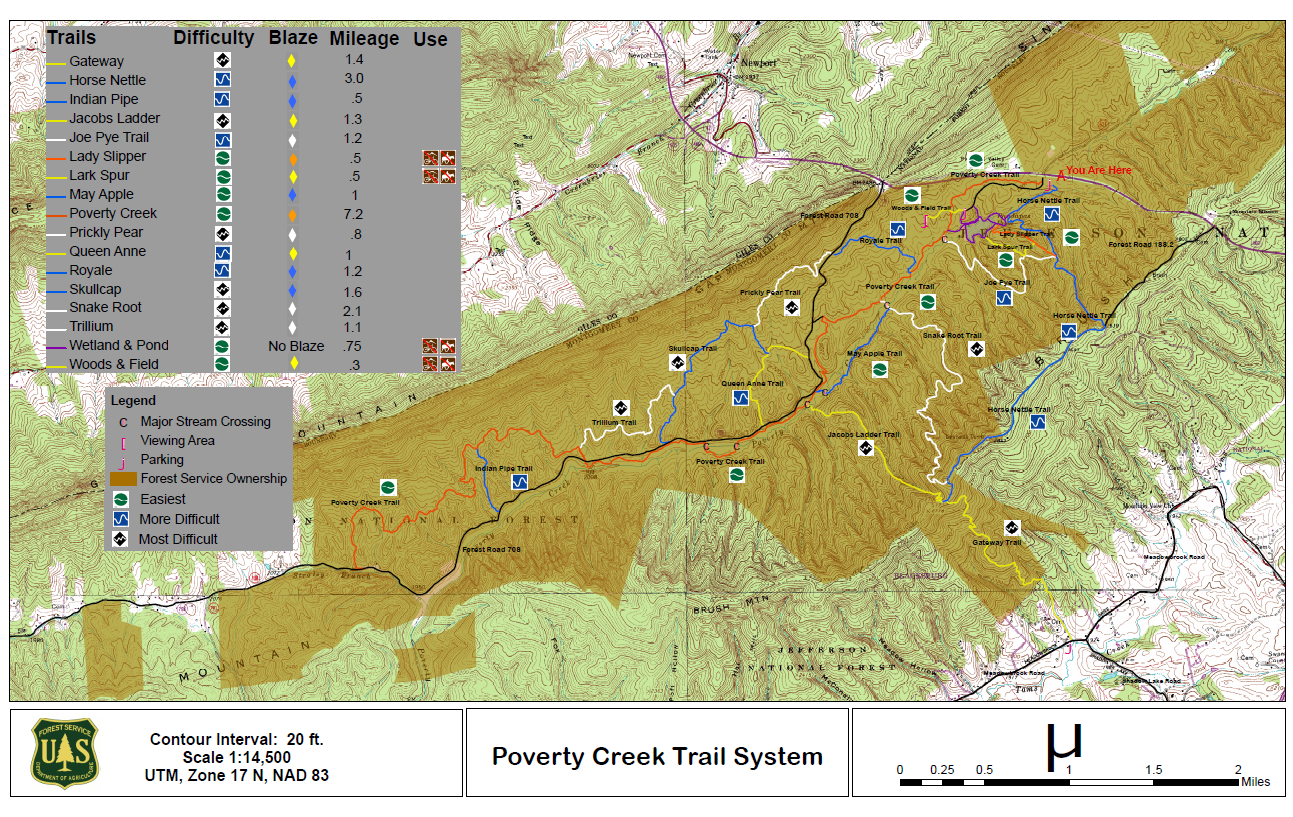 |
Car passing by with about 15-18
inches of space |
I rode wearing both grey and neon green. Being seen and being given more room as a
bicycle commuter is important, and I am convinced wearing a neon green shirt, neon green helmet,
and blinking lights makes a difference. While not a truly scientific process, over
about a 2-week period I alternated between wearing a grey shirt and no blinking
bike lights and wearing a neon green shirt and blinking bike lights during my daily bicycle commute. I had both front (white) and rear (red) facing lights, and for this discussion,
I focus on the behavior of vehicle drivers that passed me. I did not have a way
to measure differences in passing distance, but I did observe what seemed like significant,
practical differences in amount of space others left when passing by, and in my
comfort level.
 |
Wearing neon green with blinking lights;
drivers seem to pass with more room |
From what I observed both while riding, and after re-reviewing
video of my commutes, wearing the neon green and lights resulted in vehicles passing by me with more room. In many cases, if the left lane was clear, drivers were more
likely to actually change lanes from the right to the left lane when passing by
when I was wearing the neon green with blinking lights. When they did not change
lanes they were more likely to provide more room between their vehicle and me by moving further left within their lane.
 |
With grey shirt, drivers seem
to pass with less room |
These images show both the front view and a side view in a mirror attached
the bicycle handlebars. The first image shows me wearing neon green (and lights) with a blue pick-up truck in the left lane, about to pass by, with a full lane's worth of distance (about 12-14 feet) away. In this case the truck actually changed lanes from the right to the left before passing by. The other image shows me wearing a grey shirt (and no bike lights) while a white sedan passes close by, with only about 2-3 feet of
distance between us. This difference was commonly observed throughout the 2 weeks. I think more drivers (duh) noticed me earlier and where more likely to change lanes or move left within their lane when I wore neon green with the blinking lights, as compared to the grey-shirt case.
 |
2 front & 3 back blinky blinky
LED lights w/rechargeable batteries |
I run redundant, blinking bike lights, all LEDs. On the front I have a 2 watt and a 1/2-watt light which both blink. I run all the lights all the time. The lights all have either AA or AAA rechargeable batteries such as those by Duracell (available at Kroger). On the rear, I have 3 different lights, all blinking. Of course you can set the lights to run steady (or have some blink and some on steady), depending on where you are, and what you need. At night I often run one steady on the front and back. I also have an external bluetooth speaker (which can play via your phone) or via a plug, such as with my i-Pod Shuffle. I have a small piece of Velcro attached to the stem for the Shuffle but I usually stream Pandora or NPR online. Sort of an obnoxious audio horn on most of the time as a ride down the road or path. People do hear me coming!
I also have a bling-bling bell to alert pedestrians when riding on a shared-use path (or occasionally the sidewalk), a beverage holder for water bottle or coffee cup, and a left-side mirror. I have light-weight rain fenders too, and wear comfortable hiking pants to commute in which are passable at work too. My neon green gloves are used to cut the edge when cool, and the jacket has zip off sleeves so I can wear it as a vest when it is warm.
 |
| Anatomy of a bicycle commuter |
When it rains I bring/wear a jacket underneath, and have rain pants as well if I need/want them. I also have a rechargeable RePlay video/audio recorder mounted facing forward. I don't have it all the time, but do like having it in case I want to review a recording. I wear a neon green helmet 99% of the time. The exception may be when going on vacation and renting a beach cruiser (at low speeds) along the boardwalk or while riding in a bouncy house (hah). When I travel to conferences, I usually plan ahead and find a bikeshare system and bring my helmet and jacket along. Most bikeshares have lights on the bikes.
All of this is not needed to ride a bike. You can jump on and ride relatively safely in work clothes and no helmet. One big reason I wear a helmet is that I have been hit (head on) and hit both the hood of the truck and the pavement with my helmeted head, and was able to walk away (much to emergency services' chagrin). Also a neon green helmet is visible to others, and one can even mount a light(s) onto it, and attach additional reflective tape. Or even a video camera. Plus it holds down a hat, and feels sort of like a thunder blanket or seat belt on my head.
Stay safe and get alternatively commuting!







